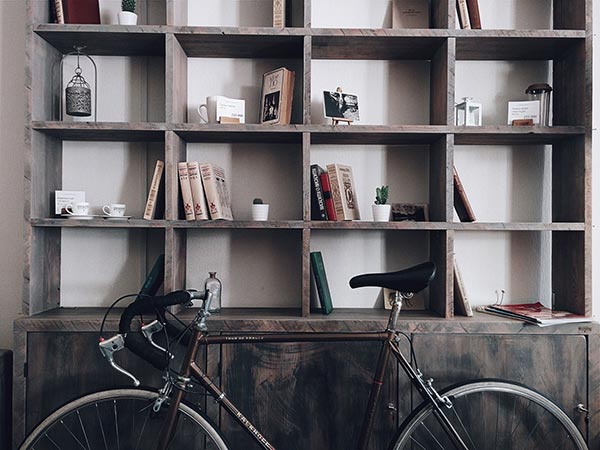
We all trip, stumble, and sometimes, take a tumble. Children bounce back. Adults dust themselves off. But for older adults, falls can be serious business.
A broken hip, a nasty concussion, a fractured wrist – these injuries can take weeks, months, even years to recover from.
They can take quality years off your life. These injuries can stop you from being a contributing member of your family. Your children and grandchildren may have to spend time taking care of you instead of spending time on their own affairs.
You can fall anywhere. Although most of the cases of falls at home happen in the bathroom, you can fall down the stairs or the steps in front of your house. Can slip on the wet floor, step on a toy and fall. You can fall on the pavement after being startled by a child or by a stray dog, can simply fall because you lose coordination of your limbs.
A fall can permanently put you in a wheelchair, or in bed.
Does it mean you should always be scared of falling? No, not scared. But you should be cautious. There is no harm in being cautious. There is no harm in taking preventive measures.
Fortunately, there are many ways you can minimise the risk of falling. Let us discuss some of them one by one.
Use nonslip mats and nonskid tapes
Using nonslip mats and nonskid tapes in places where falls can happen, like around the bathtub and on stairs, can help reduce the chance of slipping and falling.
Nonslip mats with rubber backing provide grip on smooth and wet floors. Putting nonskid tape on steps or other slippery areas also improves stability.
Since slipping is one of the major causes of falls in the bathrooms, you can eliminate the chance of slipping inside your bathroom or on the stairs with this simple and affordable solution.
Choose footwear with good grip and support
Wearing shoes with proper grip and support can help prevent falls. Look for soles made of nonslip rubber or materials that provide good grip. Avoid smooth leather or plastic soles which can easily cause slips and slides. Also ensure shoes fit snugly and have features like heel counters that provide stability and ankle support.
Choosing footwear designed for mobility and balance makes walking safer and lowers fall risk. Proper shoes lessen the chances of slips and improve balance for older adults.
Install grab bars in the bathroom and other slippery areas
Installing grab bars in key locations provides stability and assists with balance. Areas like the shower, tub, and toilet specifically benefit from grab bars. Make sure bars are properly secured and can support body weight to prevent falls. Position bars conveniently within reach to easily grab onto for support when walking on slippery surfaces.
Extending grab bars along walls for additional handholds also helps improve safety. Having these sturdy supports installed proactively reduces the chance of falling in bathrooms or other high-risk areas. Grab bars are an essential age-friendly home modification for added security and independence.
Use assistive devices like a cane or a walker for extra stability
Utilizing a cane, walker, or other assistive device provides needed stability and support while walking. These aids act as an extra “leg” to maintain balance and prevent falls. While some older adults may feel self-conscious using devices in public, it’s important not to let that stop you from taking proactive measures for safety and mobility. The right device matched to your needs provides confidence, security, and independence.
Rather than feeling awkward, view assistive equipment as a tool allowing you to remain active while minimizing fall risk. Don’t let ego or embarrassment prevent you from using these aids for your health and wellbeing.
Take medication that causes dizziness under supervision
Some medications can cause side effects like dizziness or light-headedness, increasing fall risk.
Do not try to tough it out alone—allow family members or professionals to supervise when starting medicines known to impact stability. With proper oversight, potentially dizzying effects can be managed safely.
Build your strength and muscle coordination with regular exercise
Staying physically active with regular exercise helps maintain the strength and balance needed to prevent falls. Activities like strength training, tai chi, and yoga build muscle, improve coordination, and support stability. Try muscle-strengthening exercises most days of the week. Focus on leg muscles as well as core abdominal areas. For more on this Fitness guide: Stay active in your golden years
If mobility is limited, even chair exercises or stretching provide some fitness benefits. Building physical conditioning, flexibility, and agility makes the body less prone to falls. Regular exercise promotes the vigor and coordination essential for fall prevention.
Conclusion
Preventing falls should be a top priority for older adults. Simple, affordable solutions can make all the difference in remaining steady on your feet.
Falls often lead to serious injury, loss of independence, and reduced quality of life. But being proactive about safety through easy, commonsense measures can allow you to remain active and prevent debilitating accidents. With a little effort, most falls can be avoided.

